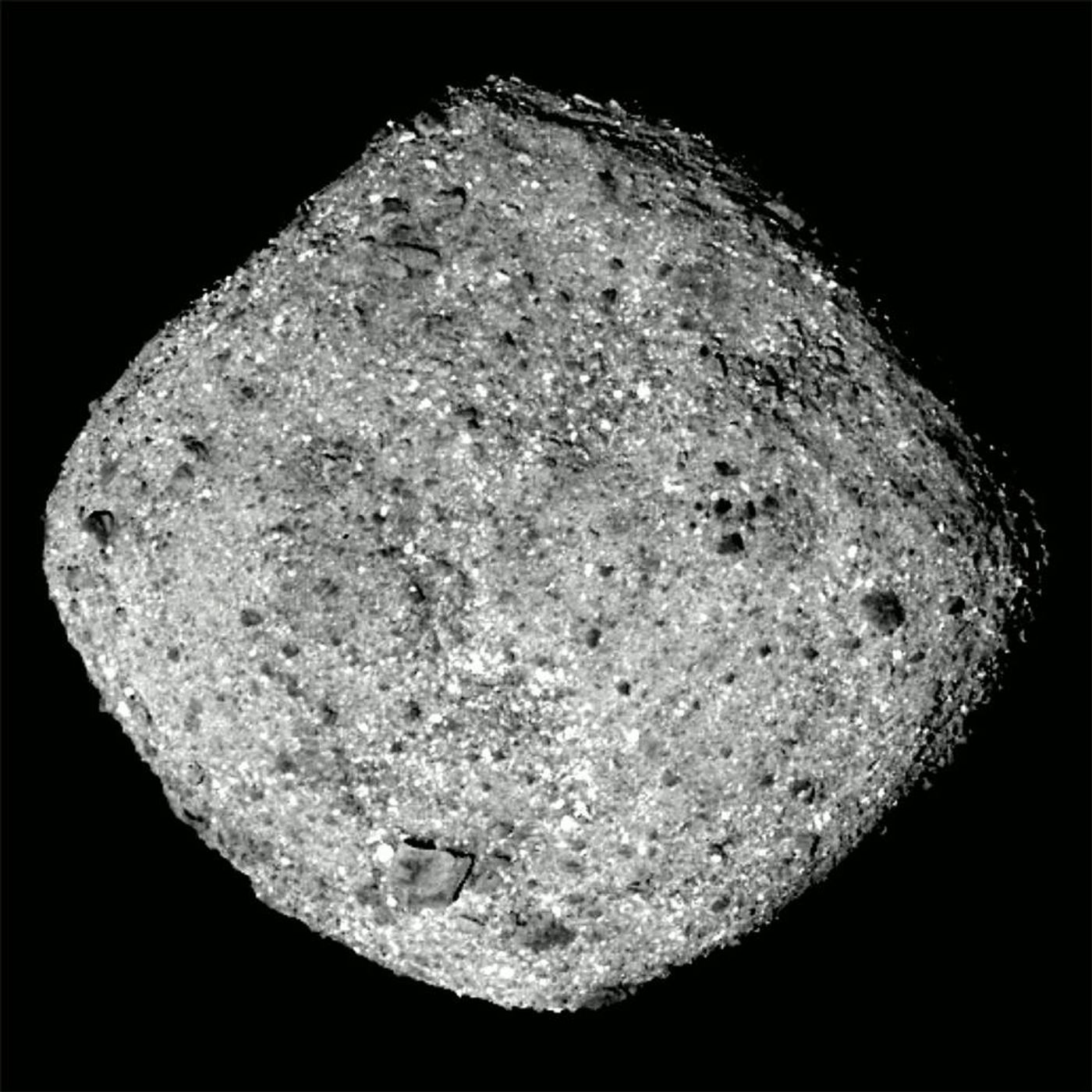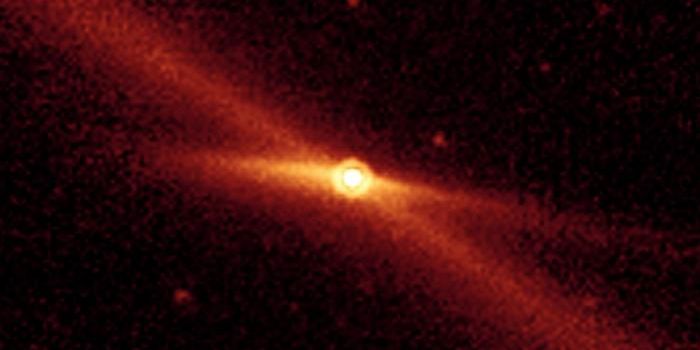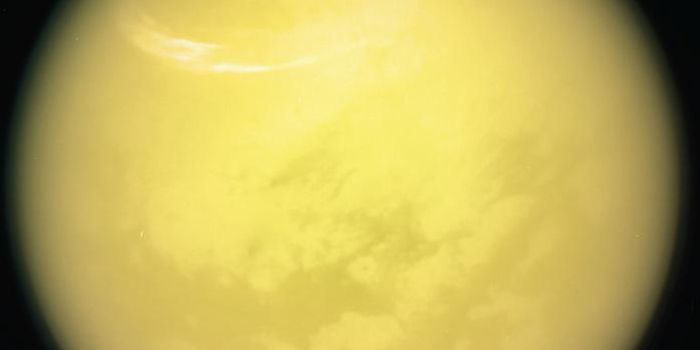NASA's OSIRIS-REx Probe Arrives Safely at Asteroid Bennu
Following a two-year journey through our solar system, NASA’s Origins, Spectral Interpretation, Resource Identification, Security-Regolith Explorer (OSIRIS-REx) asteroid intercept mission officially arrived at its destination this week: an asteroid known to astronomers as Bennu.
Image Credit: NASA/Goddard/University of Arizona
Although Bennu resides within the asteroid belt between Mars and Jupiter like any other asteroid would, it’s of particular interest to astronomers because of the secrets it might contain about the formation of the planets and the origins of life in our solar system.
“The OSIRIS-REx team is proud to cross another major milestone off our list -- asteroid arrival,” explained Dante Lauretta, the OSIRIS-REx mission’s principal investigator. “Initial data from the approach phase show this object to have exceptional scientific value. We can’t wait to start our exploration of Bennu in earnest. We’ve been preparing for this moment for years, and we’re ready.”
Related: This is the first picture of Bennu that OSIRIS-REx ever snapped
OSIRIS-REx isn’t orbiting Bennu just yet; instead, it’s flying around the asteroid from about 19 kilometers away such that it can photograph the rocky body’s equatorial region and its North and South poles. OSIRIS-REx will begin orbiting Bennu by December 31st, earning the asteroid the title of ‘smallest object ever orbited by a spacecraft.’
As OSIRIS-REx takes all these pictures and beams them back to Earth, astronomers will hopefully be able to discern telling attributes about the world including its mass, shape, and spin rate, among other things.
“During our approach toward Bennu, we have taken observations at much higher resolution than were available from Earth,” added Rich Burns, the project manager of OSIRIS-REx. “These observations have revealed an asteroid that is both consistent with our expectations from ground-based measurements and an exceptionally interesting small world. Now we embark on gaining experience flying our spacecraft about such a small body."
Related: NASA adjusts the course of its OSIRIS-REx mission
But NASA’s OSIRIS-REx mission is about so much more than just visiting a puny space rock, entering an orbit around it, and snapping a bunch of pictures. Instead, NASA wants to use the OSIRIS-REx spacecraft to collect surface samples that can be returned to Earth for analysis by September 2023; NASA says it can grab up to two full ounces of dust and rocks from the distant world.
This is a particularly important step because a space sample this significant hasn’t been brought back to Earth since the Apollo era. OSIRIS-REx also gets to enjoy setting other precedents in space exploration, such as being the first American mission to return an asteroid sample to Earth, being the first spacecraft to visit a primitive B-type asteroid, and being the first spacecraft to visit a potentially hazardous space rock.
But what makes Bennu so hazardous? According to planetary scientists, Bennu poses the potential threat of colliding with Earth between the years of 2175 and 2199. This mission could shed more light on why this is expected to happen.
While it’s exciting that Bennu has finally reached its destination, it will be even more exciting when the first oodles of scientific data begin rolling in. As you can probably imagine, we’re just as thrilled as those involved with the mission to learn more about a previously-unexplored space rock.
Source: NASA









